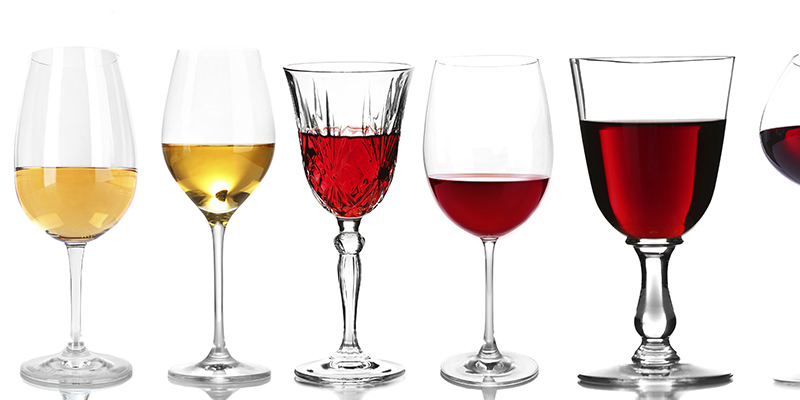Before we surrender our sanity in the battle against January emptiness, we thought we might try some kind of productive activity instead. Yes, we could rock back and forth in the corner of the room until the next marketable holiday comes along with its red hearts and broken promises, but that seems a bit defeatist. Not to mention entirely devoid of wine.
So rather than give into seasonal doldrums, we figure this is the right month to organize a wine tasting. Invite some friends over, grab a requisite wedge of cheese, everybody brings a bottle or two, and together you salvage a little happiness to tide you over until The X Files reboot.
But before you send out e-vites, if anyone’s still doing that, one thing to decide: will you be hosting a vertical tasting or a horizontal tasting? The terms have nothing to do with what position you’ll be in after the tasting—ideally, if things stay civil, it’s vertical for all. Rather they indicate how you’ll be comparing bottle to bottle.
In a vertical tasting, you’re actually tasting one bottling from one winery over the course of years, with multiple vintages (say from 1999 to 2004). By making sure everything else stays the same (the producer, the land, the varietal), you can simply compare the years themselves. This is the kind of tasting where you’ll get a sense for the influence of yearly climate. And the fun part is, you get to say stuff like “2002 was a revelation for this Cabernet!”
In a horizontal tasting, you’ll stay in one year, say 2008, and what varies instead is the producer. Other variables should remain the same (don’t compare a 2008 Willamette Valley Pinot Noir to a 2008 Chablis). Typically you’d have the same varietal, the same region, and the same year. All that changes here is the producer—i.e. the winemaking style. In this kind of tasting you get to say stuff like “El Molino absolutely coddled their 2009 Chardonnay!”*,
For either a vertical or horizontal tasting, the basic premise is isolating one variable (either year or producer) so you can get a sense for how either can influence what’s in the bottle. Both kinds of tastings are useful ways for wine neophytes, and even red-lipped, seasoned wine lovers, to learn about how drastically certain elements can affect a bottle—and in tasting those differences, you’ll learn about what actually pleases your palate. Which should help if you’re facing some cold, long winter months…
*Note, you don’t have to say anything like any of that. But if you’re in the mood.

